10 Edible Plants You Can Easily Grow Indoors
If you’re looking to add more sustainability to your lifestyle, one good way of doing this is by growing some of your own food. Not only does this help the environment, but it also benefits your diet since you can be certain that the food you’re eating was not treated with harmful pesticides.
Contrary to what some might think, growing food at home and indoors is actually pretty easy. Here are some edible plants you can cultivate at home with only a small degree of work required!
Lemons
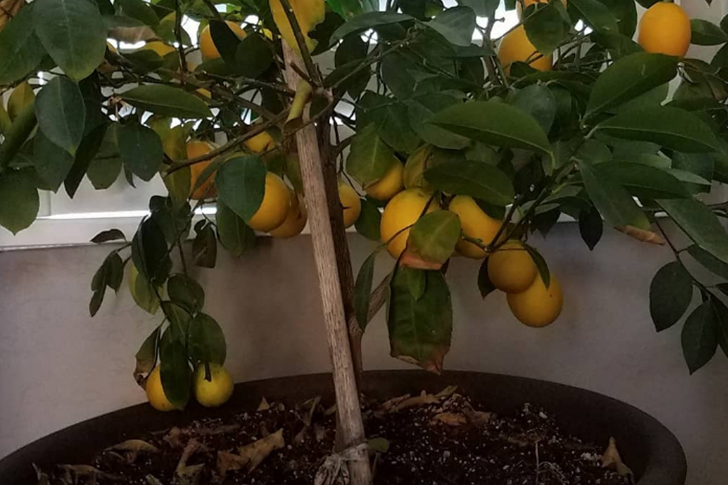
Lemons can be grown indoors and outdoors. All they really require is ample sunlight and great soil. For beginners, we highly recommend going for a dwarf tree that you can easily purchase at a nursery. Pick one that’s about two to three years old and you should be harvesting fruit soon enough.
Mandarin Oranges
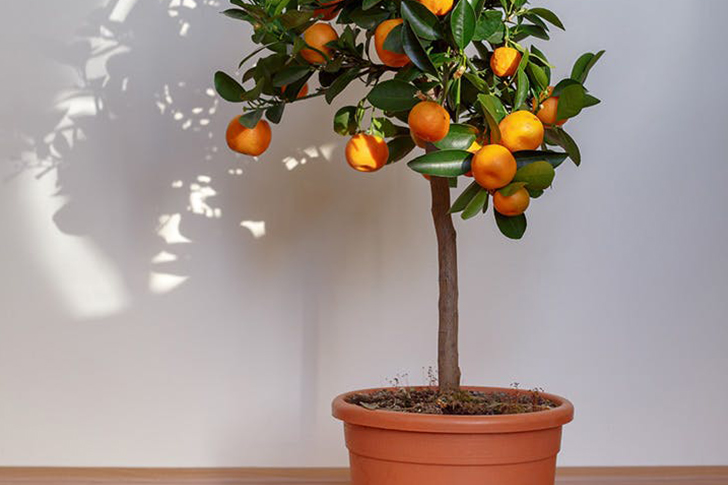
Much like lemons, purchase dwarf orange trees from a nursery to ensure that these will bear fruit soon. Make sure you place this somewhere that gets plenty of sunlight, at least 6 hours a day, to keep it growing healthily. Make sure you have ample flooring and ceiling space where you plan on keeping them as these can grow up to 6 feet tall.
Tomatoes
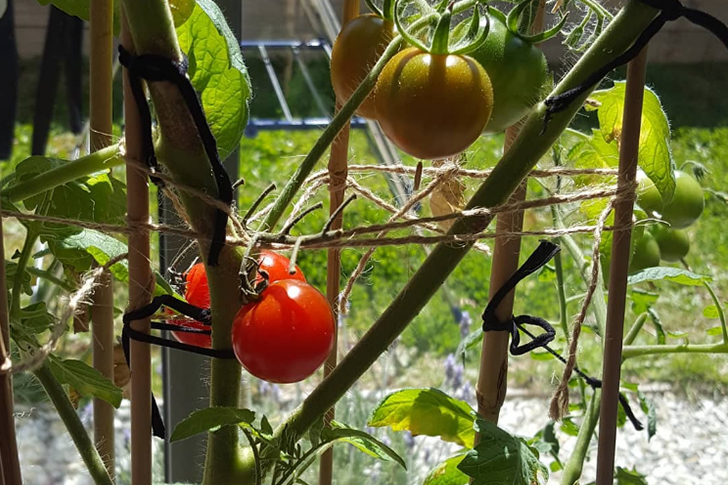
There are many varieties of tomatoes so you have plenty to choose from. As for growing tomatoes at home, you plant them in 6-inch pots or rectangular planters so you can have more than one plant. Since you’re starting from seed, there’s quite a bit of work involved. Aside from sowing the seeds, you also need to transplant the seedlings to their permanent pot once they reach about three inches tall. Once that’s done, though, you just have to make investments in its basic maintenance.
Keep tomato plants where there is plenty of sunlight. These plants love the heat so they’ll flower faster if it’s warm. To pollinate the flowers, just tap the main stem with your finger.
Garlic Greens
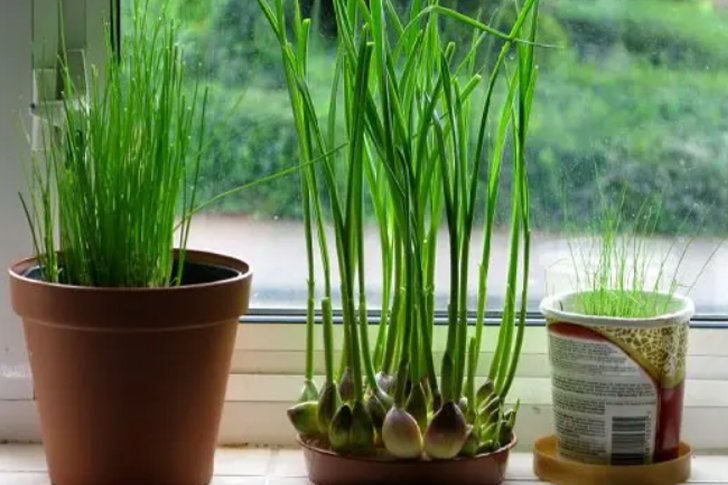
While growing your own garlic isn’t exactly for beginners, you can add more flavor to your meals by throwing in some garlic greens. These are no different from scallions but are much easier to grow. All you need are a few garlic bulbs, the ones with small cloves.
Plant these in a yogurt-sized container, one clove for each. You can also use garden planters – leave a degree of space between cloves so they have room to grow. Within a week or two, you’ll start to see green shoots pop up. Harvest these when they are about 8 to 10 inches tall.
Carrots
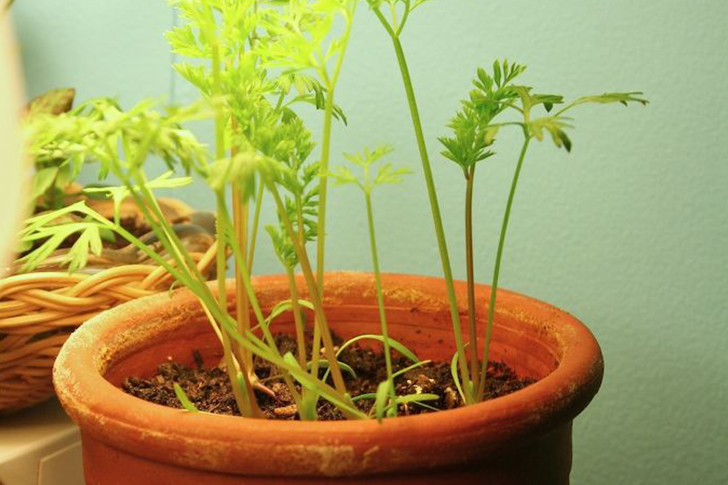
Carrots are versatile veggies that can be used for any type of dish. They are also very nutritious so having a steady supply at home is beneficial. To plant them, get a window box and fill it to the top with a potting mix. Before adding your seeds, water the soil thoroughly. Plant each seed about an inch apart and gently press them into the soil and then add another thin layer of potting mix after.
You might want to spend a bit of investment money on a growing light, or if you have a sunny area in your home, place the seeds there. Throughout the growing process, keep your soil moist but never soaked. The seeds should germinate within two weeks.
Salad Greens
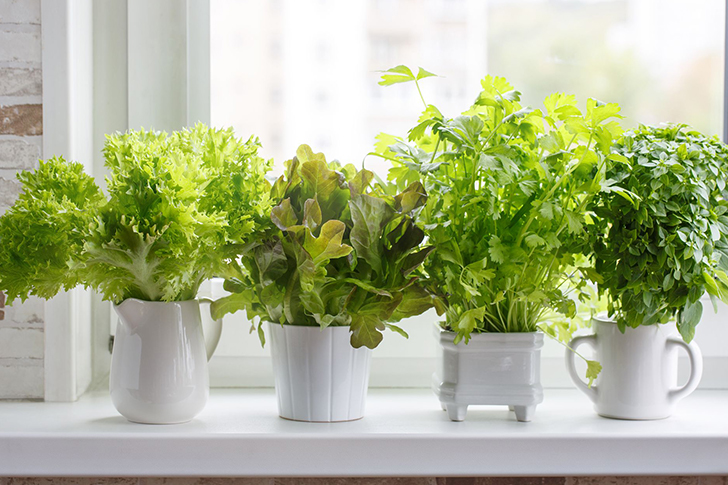
Greens such as arugula, spinach, iceberg, and romaine lettuce are all essential for good health. They can be quite expensive when bought at the grocery, however, growing salad greens at home is another great option. You’d be glad to know that these are very easy to cultivate. Even beginners with zero experience can successfully grow them—no need for online classes!
In a planter box filled with potting soil, sprinkle the seeds about four inches apart. You can also poke holes into the soil and add a few seeds in each one. Cover this with a light layer of potting mix and moisten with a spray so you don’t end up moving the small seeds.
If you want less work, you can also purchase starters or seedlings from a nursery and simply transplant them to your window box. When harvesting, make sure you only take the larger outer leaves to keep the plants growing.
Microgreens
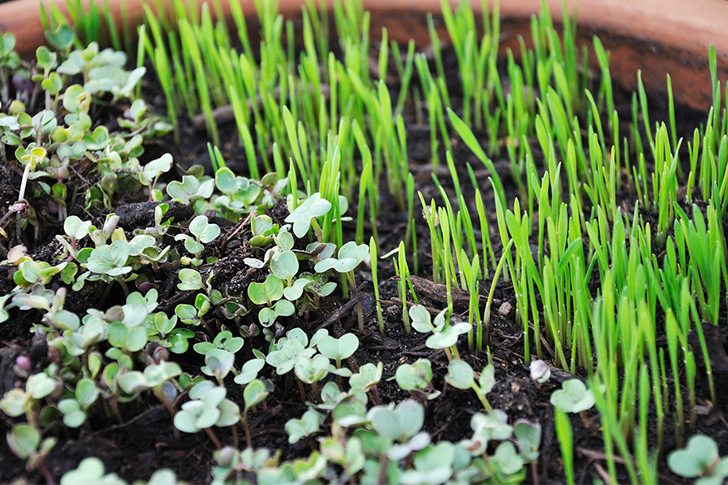
Much like your salad greens, these only require minimal effort. However, it’ll help you with money management and budgeting since these can be expensive when bought commercially. Start by purchasing a variety of seeds. We recommend basil, kale, dill, radish, beets, and Swiss chard.
You can get seedling trays or upcycle ones that you have at home. It should be no more than 2 inches deep and must have a drainage hole. Fill this to the top with potting mix and moisten the soil after.
Sprinkle your seeds evenly and make sure they aren’t too close to each other. Once done, just add another thin layer of soil and moisten it again. This can be kept on a sunny windowsill or even on the flooring if there’s enough room. Make sure that it gets 12 hours of sunlight, and then you can harvest these after three weeks.
Scallions
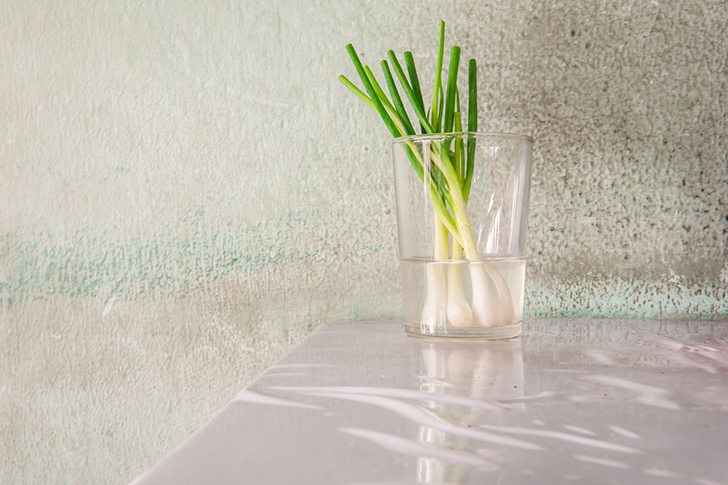
These are some of the easiest edible plants you can grow at home that don’t require much maintenance. When you purchase scallions, keep the bulbs instead of throwing them out. Tie them together neatly with a rubber band then place them in a container with an inch of water. Make sure you change the water daily, and eventually, you’ll start seeing roots and shoots form within seven days.
You can keep these in water or transfer it to a pot, just make sure it is watered evenly and is kept somewhere it gets a good degree of sunlight.
Basil
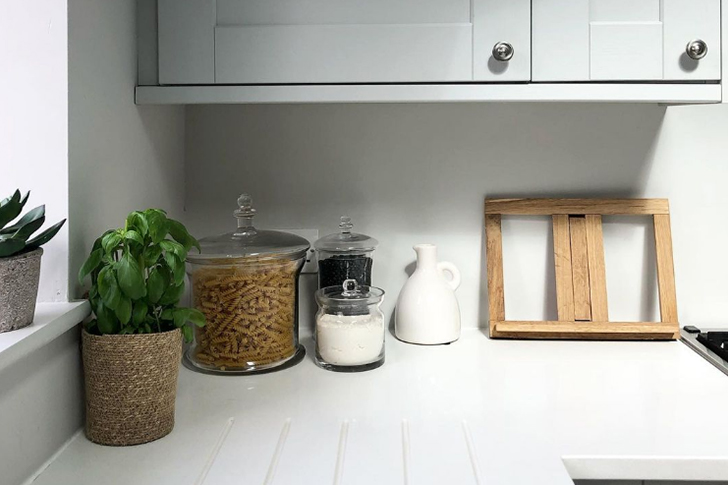
Basil plants can be easily grown and they are also prolific growers so you’ll have plenty all year round. You can opt to start these from seed or purchase seedlings from a nursery. Two to four basil plants can be grown in a four- to a six-inch-wide container. Make sure to space them properly so they aren’t crowded together.
Your basil plant will need around 6 hours of direct sunlight and requires water once a day, especially if it gets very hot. Pruning will help it produce more, so don’t be afraid to snip off the top leaves. If your investment planning includes food sustainability, don’t miss out on this versatile herb.
Ginger
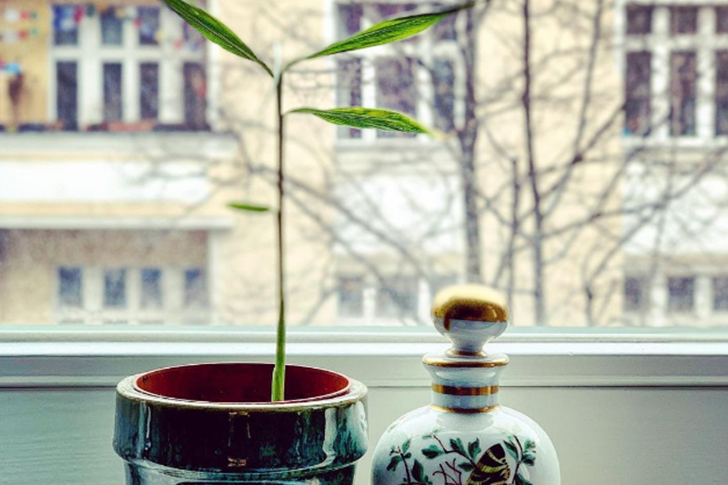
Add it to your teas, flavor your dishes with it, or even turn it into candy. This is how versatile ginger can be! The best bit is that they are very easy to grow. All you need is to purchase a few pieces, plant it in a container about six inches deep, and double that in width. Make sure that the freshest buds are facing up since this is where shoots will be sprouting from.
Keep this in an area of your home that receives indirect light. If you are able to, swipe your credit card and get grow lights. It’ll allow you to control the amount of light your ginger receives. Lastly, keep the soil moist but never leave it soaked. Once the green shoots reach about ten or more inches, you can harvest the ginger. In fact, you can cut off just the amount you need and replant it again.
Remember, growing your own food need not be a complicated process. Try our recommendations today and you’ll be harvesting in just a few weeks!
Photo Sources: Instagram, Purewow, Balcony Garden Web, Pinterest, The Spruce, Paxabay.com, and Eater

Recent Comments